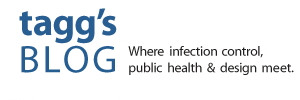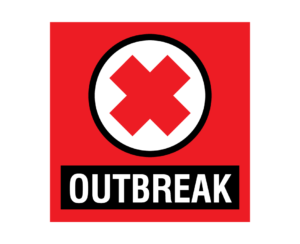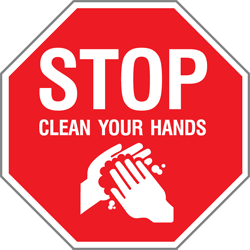Organizations in the United States and Canada have recently announced that their food safety regimes are “mutually formally recognized” as being “comparable” to each other, and this is huge news.
It says that such co-operation – the opposite of silo-thinking – is actually possible between countries, which is a radical idea in theory and rare in practice. But it’s happened!
Much like our food supply, infectious disease isn’t limited to one facility in Ontario. Nor is it limited to one province, state, or country. The parallels are many, and it is obvious that the same solution – working together across sectors and countries – should be enacted in preventing the spread of infectious disease too.
However, for many reasons this isn’t happening. There are small, local exceptions, but as the saying goes, a chain is only as strong as the weakest link. On a global scale, there are gaps.
Because of this, outbreaks happen. Outbreaks turn into pandemics. The 2014 Ebola outbreak in West Africa is an excellent example of the effect of disparities in Infection Prevention protocols on the spread of infectious disease.
As the mutual co-operation for food safety has shown, working together WILL happen for public health. Eventually. It might take a while; after all, most if not all Canadian hospitals still require paperwork to be sent via fax machine.
Until then, we need to utilize the strengths of a coherent, universal set of symbols to strengthen the public from the ground up so that governments can work on enacting standards from the other end. So why symbols?
Symbols are informationally dense, fitting whole thoughts and even short stories into a single visual. This makes them quick to read and understand which is ideal for outbreak and preventative public health communications alike.
Symbols are flexible. They can be printed, drawn, stenciled, stamped, projected or shown on a digital display. They are practical to share and distribute. If designed well, they work at any size from a thumbnail to a billboard, mixed in with supportive text as part of a campaign or on their own as a reminder or warning.
Lastly, symbols are universally accessible – literacy and language spoken are no longer barriers when communicating. This means that they are effective in improving the general health literacy and thus the resilience of any population.
This gets the people working in their daily lives on the side of public health, and until world governments can learn that working together for infection prevention is the way of the future, it’s the best bet we have to reduce the spread and effect of infections across the entire globe.
An aside: It would be amiss to not mention the World Health Organization. They are the primary organization that is working towards world standards in public health and infection prevention. However all they can really do is set the bar – they must rely on member states to do the actual implementation of their standards, and as we mentioned before in this article, that takes time.





[…] may represent – cave paintings are still recognizable as figures even after many millennia. Symbols are easily interpretable between languages for this […]